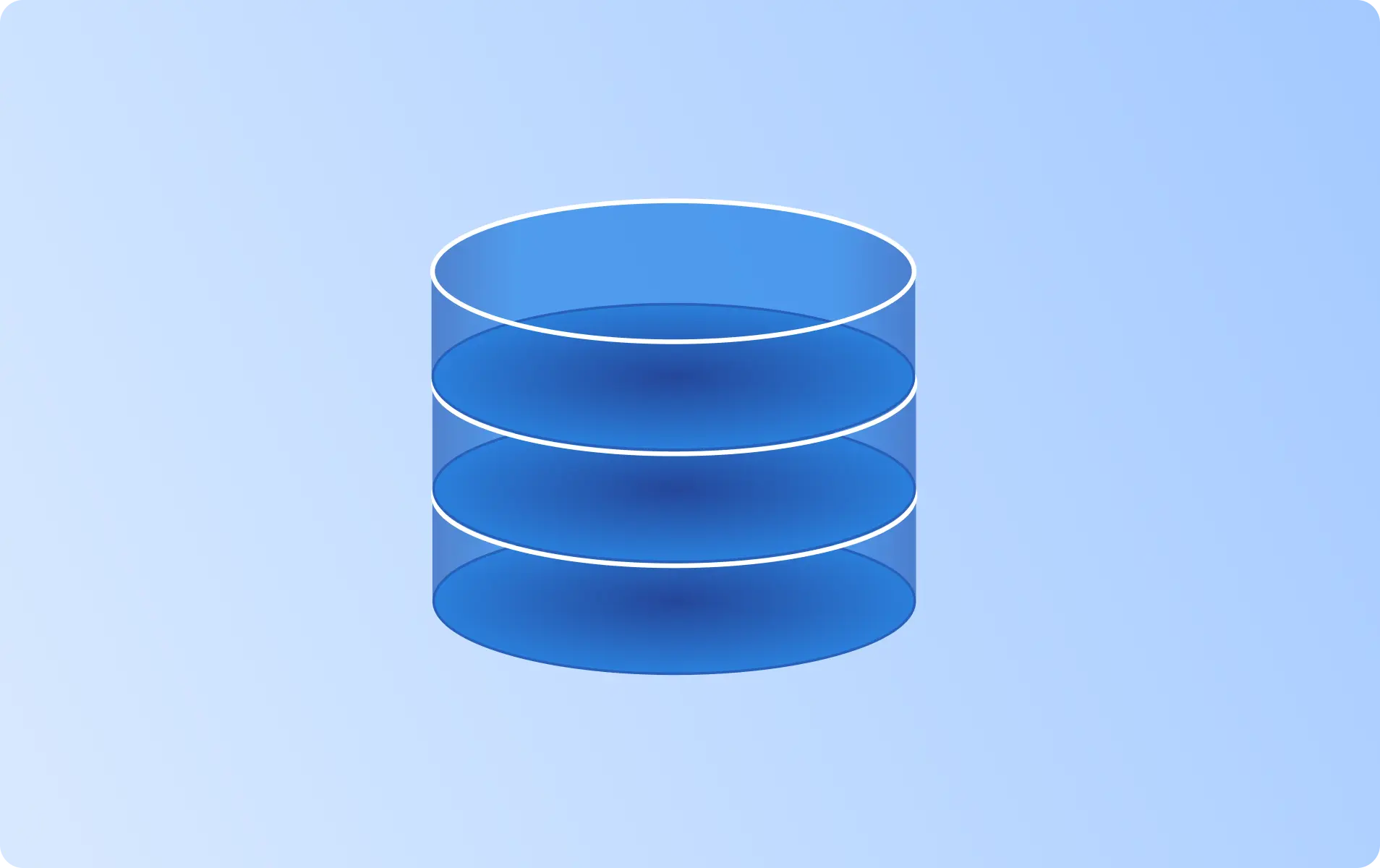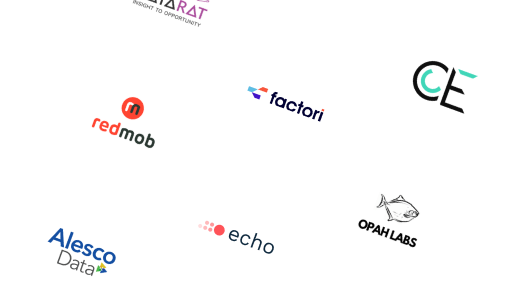What is Restaurant Data? Datasets & Providers

- Overview
- Datasets
- Providers
- Attributes
- Guide
- FAQ
- Overview
- Datasets
- Providers
- Attributes
- Guide
- FAQ
What is Restaurant Data?
Restaurant data is information collected and analyzed from various sources within the restaurant industry. It includes data on customer preferences, sales, inventory, menu items, pricing, employee performance, and more. This data is used to gain insights, monitor consumer trends, make informed decisions, improve operations, marketing strategies, and overall customer experience in restaurants. In this page, you’ll find the best data sources for free restaurant databases.
Best Restaurant Databases & Datasets
Here is our curated selection of top Restaurant Data sources. We focus on key factors such as data reliability, accuracy, and flexibility to meet diverse use-case requirements. These datasets are provided by trusted providers known for delivering high-quality, up-to-date information.

Restaurant Data | All Top Restaurant and Food Store Locations in US and Canada | Accurate Points of Interest Data

Restaurant Location Data | Global Restaurant POIs | SafeGraph Places

Global Bar & Restaurant Data | Point of Interest (POI) & Foot Traffic Data | 31M+ Locations

Global Restaurant Data | Menus from top 1M+ Restaurants with Prices

pass_by Restaurant Location Data | USA | 2k+ Restaurant Brands

London Restaurant Data (including metadata, websites, social profiles, contact details, price details, and more)

Restaurant and Food Menu Data| 99% Data Accuracy|Global Coverage with Custom and On-demand Datasets|Competitive Analysis and Strategy

Restaurant Database Worldwide: 4M+ Restaurants, Bars and Cafes from 240 Countries, Expansion Opportunities

Store Location Data | 230M+ Global POIs & Retail Locations | 5000+ Categories with Restaurant, Retail & Business Coverage
Restaurant Location Data Australia | 65k+ Restaurant, Cafes, Takeaway and other Consumer Food Outlet Businesses | Addresses, Contacts, Geo information
Can't find the data you're looking for?
Let data providers come to you by posting your request
/postings/new?utm_content=search_results_page&utm_medium=platform&utm_source=datarade
Top Restaurant Data Providers & Companies
Main Attributes of Restaurant Data
Below, we outline the most popular attributes associated with this type of data—features that data buyers are actively seeking to meet their needs.
| Attribute | Type | Description | Action |
|---|---|---|---|
| String | The postal code of an address. | View 120 datasets | |
| String | The address of a company or contact (street name, number, zip code, city, county, country). | View 113 datasets | |
| Float | The latitude of a point on earth's surface. Commonly abbreviated as "lat". | View 109 datasets | |
| String | The name of a city. | View 102 datasets | |
| Float | The longitude of a point on earth's surface. Commonly abbreviated as "long". | View 101 datasets | |
| String | The name of a brand. | View 100 datasets |
Restaurant Data Explained
How is Restaurant Data collected?
The collection of restaurant data is motivated by managers’ need to attract customers, retain them, and predict important marketing concepts currently available in the restaurant industry. Based on this fact, data collection in restaurants can either be from a primary source, which is data provided by the restaurant itself and made publicly available, or by third-party secondary sources that involve service providers devoted to collecting data about restaurant locations, their line of operations and customer reviews. Restaurants collect data about customers in their point of sale systems and apply it in the process of customer profiling, site selection, forecasting, customer relationship management, menu design, and overall productivity indexing. This information is therefore made available to third-party vendors who may use it to design marketing strategies as per the outsourcing terms provided by the restaurants.
What are the attributes of Restaurant Data?
The key attributes of restaurant data highlight recorded information about the precise location of the listed restaurants, and their line of operations such as fast-food chains, coffee, and beverage shops, and delivery and outside catering services. Additionally, restaurant data is also attributable to information concerning restaurant reviews that are provided by customers to evaluate the quality of service and delivery, menu items listed, and the cost of food. Some datasets and databases also show information about food establishment inspection scores for some restaurants, an attribute that is meant to show how effectively restaurants adhere to food safety standards.
What are the uses of Restaurant Data?
The availability of restaurant data is an important factor not only for people looking to seek out the services of the restaurant but also for the restaurant itself. This data helps potential customers track down the exact locations of restaurants which can either be chain locations, independent locations, location owners, and franchise delineated locations. From the restaurant reviews that may appear in some datasets, potential customers can make informed decisions concerning the best restaurant to seek services from by comparing the price ranges, and quality of service rendered. For restaurants, this data is important in helping the management gauge the performance of the restaurant and how best to customize marketing strategies as per the restaurant data. Datasets that provide information about restaurant inspections can be crucial especially for industry regulators and authorities to keep track of how restaurants adhere to the set standards of operation.
How can a user assess the quality of Restaurant Data?
The quality of restaurant data can be assessed by a user by considering the aspect of the level of completion and accuracy of information provided in the dataset. For a user looking to know the exact location of a given restaurant, incomplete and inaccurate information may lead to frustration due to time and resources lost in trying to find the restaurant. It is therefore imperative that this data is as accurate as possible in terms of location tracing and the precise line of operations the restaurant is involved with. Time is an important variable of quality for restaurant data. The data must therefore be up to date to help visualize the exact real-time attributes of the restaurant.
Frequently Asked Questions
How is the Quality of Restaurant Data Maintained?
The quality of Restaurant Data is ensured through rigorous validation processes, such as cross-referencing with reliable sources, monitoring accuracy rates, and filtering out inconsistencies. High-quality datasets often report match rates, regular updates, and adherence to industry standards.
How Frequently is Restaurant Data Updated?
The update frequency for Restaurant Data varies by provider and dataset. Some datasets are refreshed daily or weekly, while others update less frequently. When evaluating options, ensure you select a dataset with a frequency that suits your specific use case.
Is Restaurant Data Secure?
The security of Restaurant Data is prioritized through compliance with industry standards, including encryption, anonymization, and secure delivery methods like SFTP and APIs. At Datarade, we enforce strict policies, requiring all our providers to adhere to regulations such as GDPR, CCPA, and other relevant data protection standards.
How is Restaurant Data Delivered?
Restaurant Data can be delivered in formats such as CSV, JSON, XML, or via APIs, enabling seamless integration into your systems. Delivery frequencies range from real-time updates to scheduled intervals (daily, weekly, monthly, or on-demand). Choose datasets that align with your preferred delivery method and system compatibility for Restaurant Data.
How Much Does Restaurant Data Cost?
The cost of Restaurant Data depends on factors like the datasets size, scope, update frequency, and customization level. Pricing models may include one-off purchases, monthly or yearly subscriptions, or usage-based fees. Many providers offer free samples, allowing you to evaluate the suitability of Restaurant Data for your needs.







